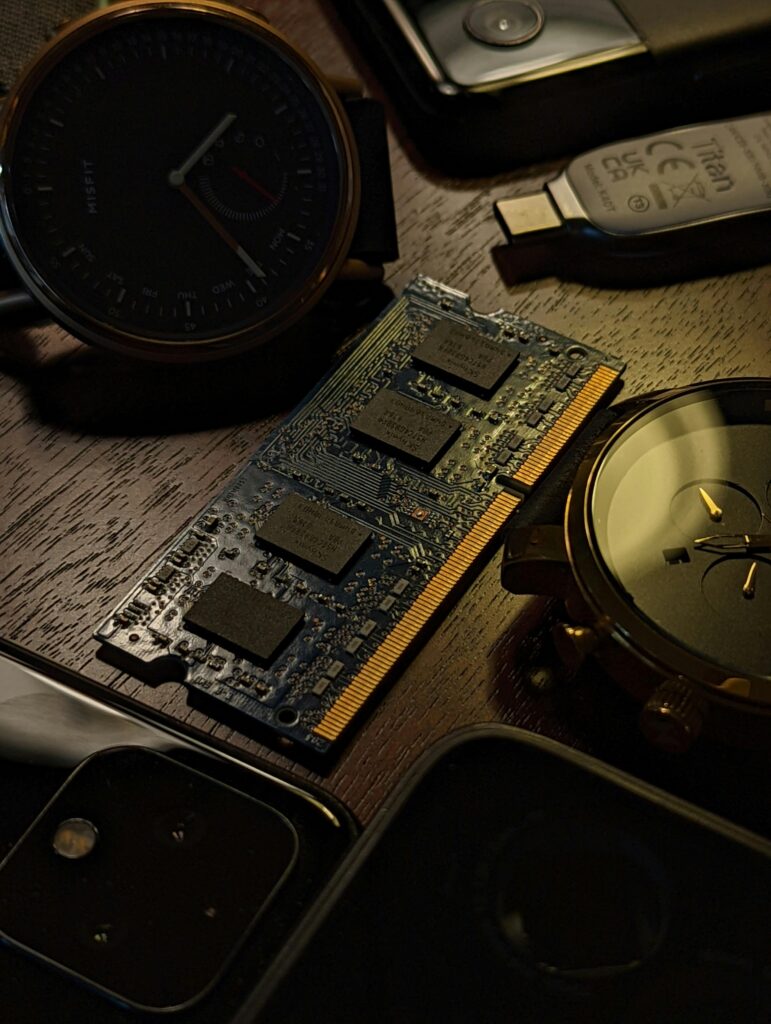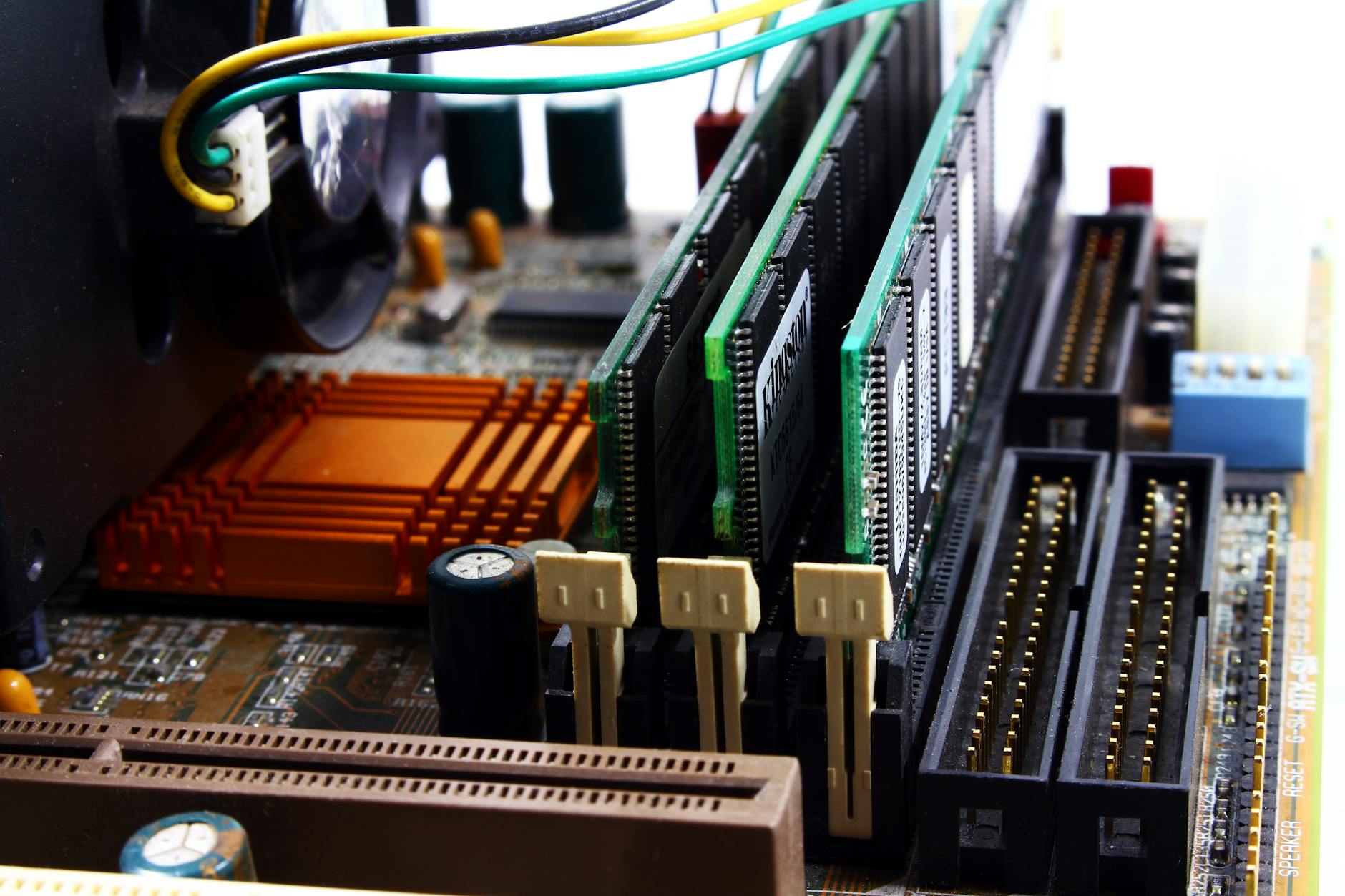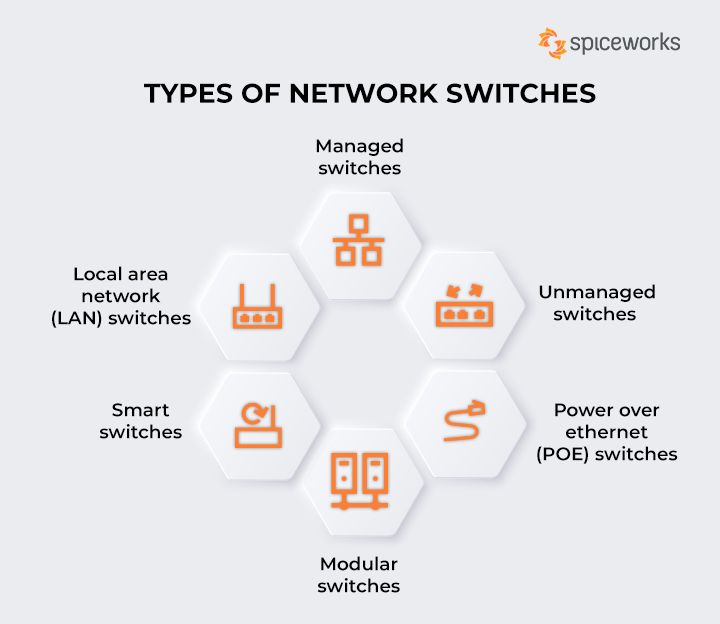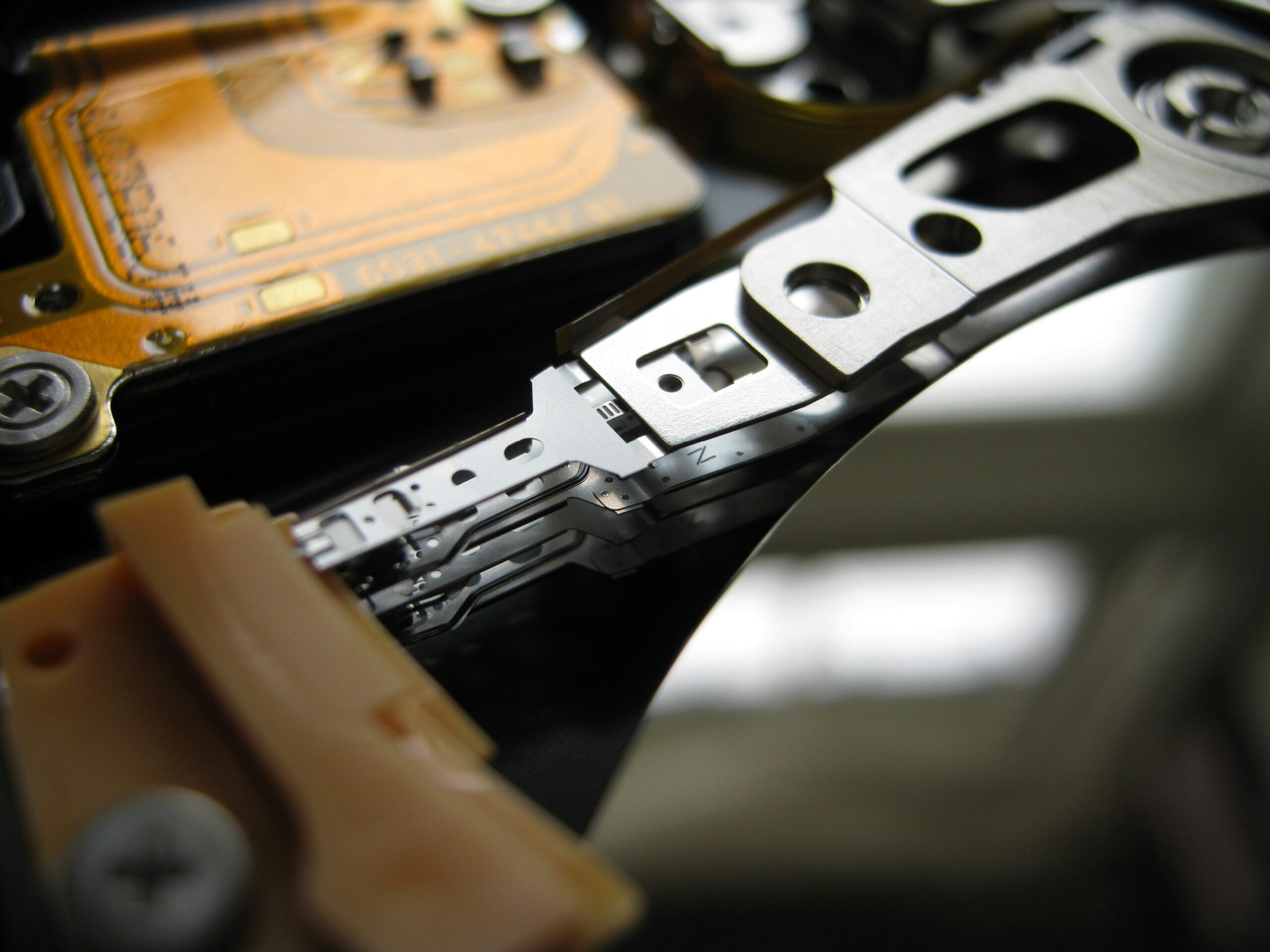The shift from DDR3 to DDR4 isn’t just a routine upgrade; it’s a leap in efficiency that every tech enthusiast should appreciate. DDR4 provides a whopping 50% increase in bandwidth over DDR3, translating to faster data transfer rates and improved system performance. This advancement has revolutionised everything from everyday computing to high-end gaming and server management.
DDR3, introduced in 2007, served us well for many years, but DDR4, which came onto the scene in 2014, brought significant improvements. With a lower operating voltage (1.2V compared to DDR3’s 1.5V), DDR4 is more energy-efficient, helping to reduce overall system power consumption. Additionally, DDR4 supports higher capacity memory modules, allowing for more RAM in a single system, thus facilitating smoother operations and enhanced multitasking capabilities.
| Feature | DDR3 | DDR4 |
|---|---|---|
| Speed | Up to 2133 MHz | Up to 3200 MHz or more |
| Power Consumption | 1.5V | 1.2V |
| Capacity per Module | Up to 8GB | Up to 16GB or more |
| Latency | Higher latency | Lower latency |
| Pin Count | 240 pins | 288 pins |

Overview of DDR3 and DDR4
DDR3 and DDR4 are types of memory used in computers to help them run faster and handle more tasks. They are like the brain of the computer’s short-term memory. Knowing the difference between DDR3 and DDR4 can help us understand why newer computers perform better.
Overview of DDR3
DDR3 was introduced in 2007 and became very popular. It brought significant improvements over its predecessor, DDR2. DDR3 could transfer data at faster rates, making computers snappier.
One of the key features of DDR3 is its ability to handle more data per second. This was a big deal back then, as it allowed computers to run more programs at once without slowing down. It made multitasking much easier.
DDR3 also uses less power than DDR2. With a voltage of 1.5V, it helps in reducing energy consumption. This was especially useful for laptops, making their batteries last longer.
Despite these benefits, DDR3 has its limitations. It can’t reach the same speeds and efficiency as its successor, DDR4. This is why DDR4 has taken over in recent years.
Overall, DDR3 was a great step forward at the time. It has served us well for many years, but technology evolves, and newer, better options have emerged.
Overview of DDR4
DDR4 was introduced in 2014, bringing more improvements over DDR3. It has much faster data transfer rates, making it ideal for modern computing needs. DDR4 helps computers run extremely fast and efficiently.
One of the standout features of DDR4 is its lower operating voltage. Running at just 1.2V, it is even more energy-efficient than DDR3. This helps in reducing the overall power consumption of systems.
DDR4 can also support higher memory capacity. You can fit more RAM into a single system, helping with demanding applications and games. This means fewer delays and smoother performance.
Another great thing about DDR4 is its reliability. Newer technologies often come with better error-checking and stability features, ensuring that the system runs without glitches.
Overall, DDR4 sets a new standard for computer memory. It’s faster, more efficient, and better suited for today’s computing needs than DDR3.
Key Features Compared
When comparing DDR3 and DDR4, there are several important features to look at. These differences can help us understand why DDR4 is considered the better option for modern computers. Let’s explore these key features one by one.
Speed
DDR3 has a maximum speed of around 2133 MHz. This made it quite fast at the time it was popular. However, for today’s standards, this speed can be a bit slow.
DDR4, on the other hand, offers much higher speeds. It can go up to 3200 MHz or more. This means data is transferred faster, leading to snappier performance in computers.
Higher speed also means smoother gaming and quicker application loading times. Users can quickly see the advantages when switching from DDR3 to DDR4. So, in terms of raw speed and performance, DDR4 wins.
Overall, the faster speed of DDR4 makes it a better choice for demanding tasks. Whether you’re gaming or doing heavy work, DDR4 has the upper hand.
Power Consumption
DDR3 operates at 1.5V, which is less than its predecessor, DDR2. This helps in reducing electrical consumption. But there’s still room for improvement.
DDR4 takes that improvement a step further. It runs at just 1.2V, which helps save even more power. This is a significant reduction and helps in making devices more energy-efficient.
Laptops, in particular, benefit from this lower power requirement. With DDR4, battery life can be extended. This makes it more practical for portable devices.
Overall, DDR4’s lower power consumption helps in keeping devices cooler and improves battery life. This added efficiency is a big win for DDR4.
Capacity
DDR3 memory modules can hold up to 8GB of RAM. This was sufficient for many uses when it was first introduced. Yet, modern applications demand more memory.
DDR4 has significantly upped the game in this regard. It can support much higher capacities, up to 16GB or even more per module. This increase allows for more RAM in a single system.
More capacity means that modern computers can run multiple heavy applications smoothly. Gamers and professionals benefit greatly from this. So, when it comes to capacity, DDR4 is the clear winner.
This makes DDR4 far more future-proof and adaptable to new software requirements. Therefore, DDR4 offers a better experience in multitasking and heavy usage.
Latency
Latency is the delay before the memory starts responding to a command. DDR3 has a higher latency compared to DDR4. This means there is a slight delay in the time it takes to access data.
DDR4 has optimised this aspect. It has lower latency, which means quicker data access. This contributes to the overall speed of the system.
This aspect becomes very important in high-performance tasks. Faster data access translates to better performance. Thus, when comparing latency, DDR4 again takes the lead.
Reducing latency ensures smoother and quicker performance, which is essential for modern computing tasks. This makes DDR4 more suitable for modern, demanding applications.
Price
When DDR3 was first released, it was quite expensive. Over time, the price has dropped. Now, DDR3 is more affordable but lacks the features of DDR4.
DDR4, being newer, is generally more expensive. However, it offers better performance and efficiency. This makes the higher cost worthwhile for many users.
The price difference can be a deciding factor for budget-conscious buyers. But investing in DDR4 offers long-term benefits. The extra features and better performance justify the cost.
So, while DDR3 might save some money upfront, DDR4 provides better value in the long run. This cost-benefit balance makes DDR4 a better choice for most users.
DDR3 vs DDR4: Feature Comparison
Comparing DDR3 and DDR4 helps us understand why newer technology can be better. DDR4 offers many improvements over DDR3, making it faster and more efficient. Let’s look at how these two types of memory stack up against each other in key features.
| Feature | DDR3 | DDR4 |
|---|---|---|
| Speed | Up to 2133 MHz | Up to 3200 MHz |
| Power Consumption | 1.5V | 1.2V |
| Capacity | Up to 8GB per module | Up to 16GB or more per module |
| Latency | Higher latency | Lower latency |
| Bandwidth | 12.8 GB/s | More than 25.6 GB/s |
| Cost | Less expensive | More expensive |
| Pin Count | 240 pins | 288 pins |
| Error Correction | Less advanced | Better error-correction features |
| Future Proof | Suitable for older systems | Ideal for new and future systems |
| Usage in Gaming | Good for basic gaming | Better for high-end gaming |
The Good and The Bad
When comparing DDR3 and DDR4, it’s important to weigh the good and the bad features of each. Both have their advantages and drawbacks. Let’s take a closer look through this table.
| Pros | Cons |
|---|---|
| DDR3: Lower cost | DDR3: Slower speed |
| DDR4: Faster speed | DDR4: Higher cost |
| DDR3: Good for older systems | DDR3: Higher power consumption |
| DDR4: More energy-efficient | DDR4: Requires newer motherboard |
| DDR4: Better for multitasking | DDR3: Less future-proof |
Price Comparison
When deciding between DDR3 and DDR4, price can be a critical factor. DDR3 is generally cheaper but has fewer features, while DDR4 offers more but at a higher cost. Let’s compare their prices in detail.
| DDR3 | DDR4 |
|---|---|
| Budget-friendly | More expensive |
| Lower cost per GB | Higher cost per GB |
| Around $30 for 8GB | Around $50 for 8GB |
| Ideal for older systems | Best for new systems |
| Lower initial investment | Higher initial investment |
Which Is Better?
When choosing between DDR3 and DDR4, it’s clear that DDR4 offers many advantages. DDR4 runs faster, uses less power, and can handle more memory. These improvements make DDR4 a great choice for modern computers and demanding tasks.
However, DDR3 isn’t completely out of the picture. It is cheaper and still performs well for many everyday activities. If you have an older system or a tight budget, DDR3 might still be a viable option.
For gamers, professionals, and tech enthusiasts, DDR4 is the way to go. It’s designed for better performance and future-proofing. The extra cost is often worth it for these users, given the benefits.
In most cases, the decision comes down to your specific needs and budget. But for the majority of users looking for the best performance, DDR4 is the clear winner.
- Faster speeds for smoother performance
- Better energy efficiency, helping reduce power consumption
- Higher memory capacity, allowing for more demanding applications and multitasking

Frequently Asked Question
Understanding the differences between DDR3 and DDR4 can help you make the best choice for your computer needs. Here are some frequently asked questions about these two types of memory. These questions will help you grasp the key points and make an informed decision.
1. Why is DDR4 faster than DDR3?
DDR4 is faster than DDR3 mainly due to its higher clock speeds and improved architecture. While DDR3 can only go up to 2133 MHz, DDR4 can reach speeds of 3200 MHz or more. This speed increase allows for quicker data transfer rates.
Another reason is the lower latency in DDR4, which means data is accessed faster. This overall improvement in speed and efficiency makes DDR4 more suitable for modern computing tasks and applications.
2. How does power consumption differ between DDR3 and DDR4?
DDR3 operates at a voltage of 1.5V, while DDR4 operates at a lower voltage of 1.2V. This reduction in voltage helps DDR4 consume less power, making it more energy-efficient.
Lower power consumption is especially beneficial for laptops and other portable devices, where battery life is crucial. DDR4’s energy efficiency contributes to longer battery life and lower energy costs.
3. Can my old motherboard support DDR4?
Most older motherboards are not compatible with DDR4 because they are designed to support DDR3 memory. DDR4 modules have a different pin configuration and voltage requirements.
To use DDR4 memory, you will need a motherboard that specifically supports DDR4. This might require an upgrade, but the performance benefits often make it worthwhile.
4. What are the advantages of higher capacity in DDR4 modules?
DDR4 modules can support much higher capacities compared to DDR3. While DDR3 is usually available up to 8GB per module, DDR4 can go up to 16GB or even more per module.
This higher capacity allows for more RAM in a single system, which is especially beneficial for multitasking, gaming, and running heavy applications. The extra memory helps to ensure smoother and quicker performance.
5. Is it worth the extra cost to upgrade from DDR3 to DDR4?
The decision to upgrade from DDR3 to DDR4 depends on your specific needs and budget. DDR4 offers significant improvements in speed, power efficiency, and memory capacity, making it a better choice for most modern applications.
While DDR4 is generally more expensive, the benefits often justify the cost. For gamers, professionals, and tech enthusiasts, upgrading to DDR4 provides a noticeable boost in performance and future-proofing capabilities.
Final Thoughts
In the battle between DDR3 and DDR4, DDR4 clearly stands out as the superior option. It offers faster speeds and better energy efficiency. These improvements align well with the demands of modern computing.
While DDR3 remains a viable choice for older systems or budget-conscious users, DDR4 is the better investment in the long run. The enhanced performance and future-proofing make DDR4 the ideal choice for gamers, professionals, and tech enthusiasts. Choose wisely based on your specific needs and budget.





Leave a Reply
You must be logged in to post a comment.